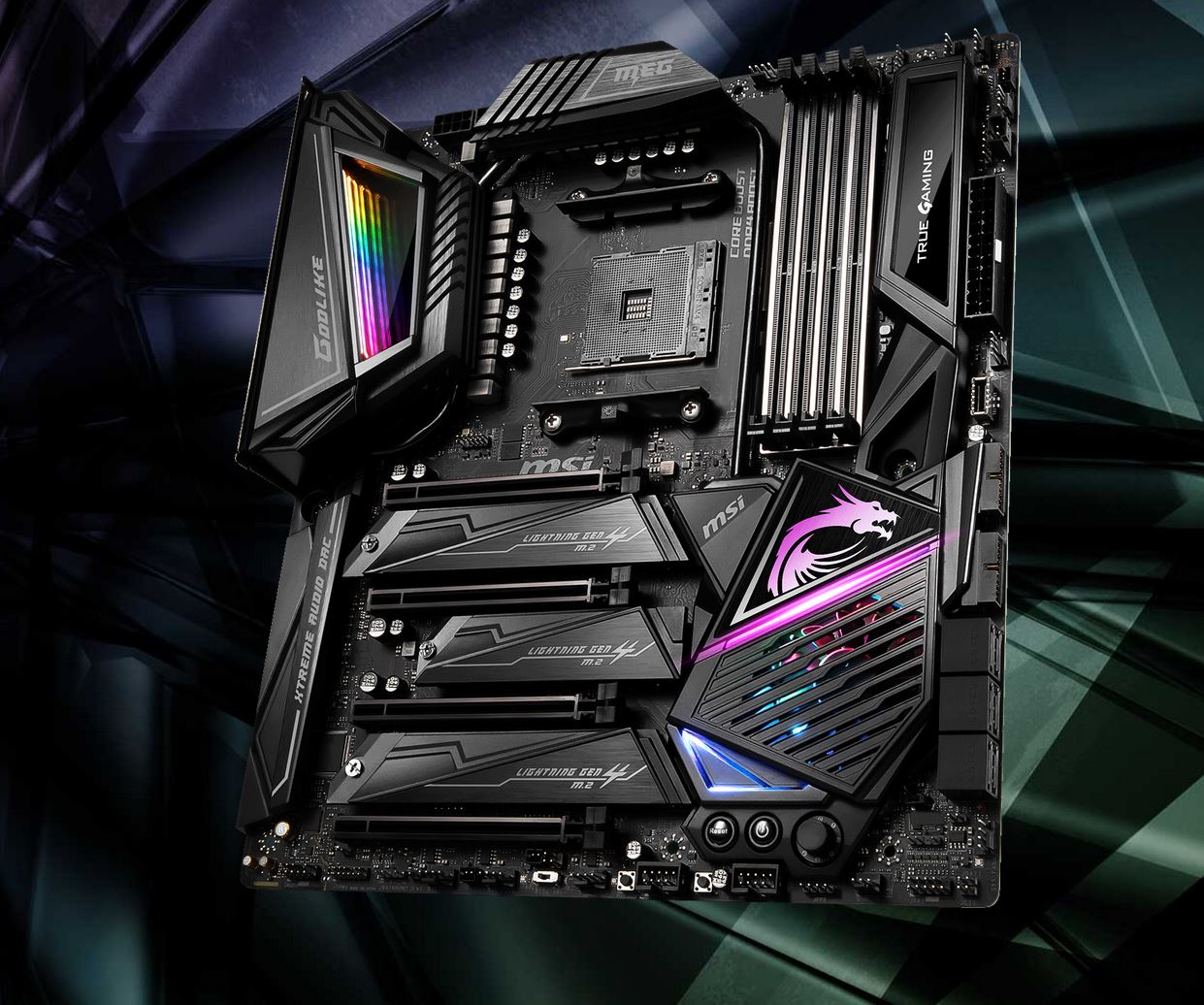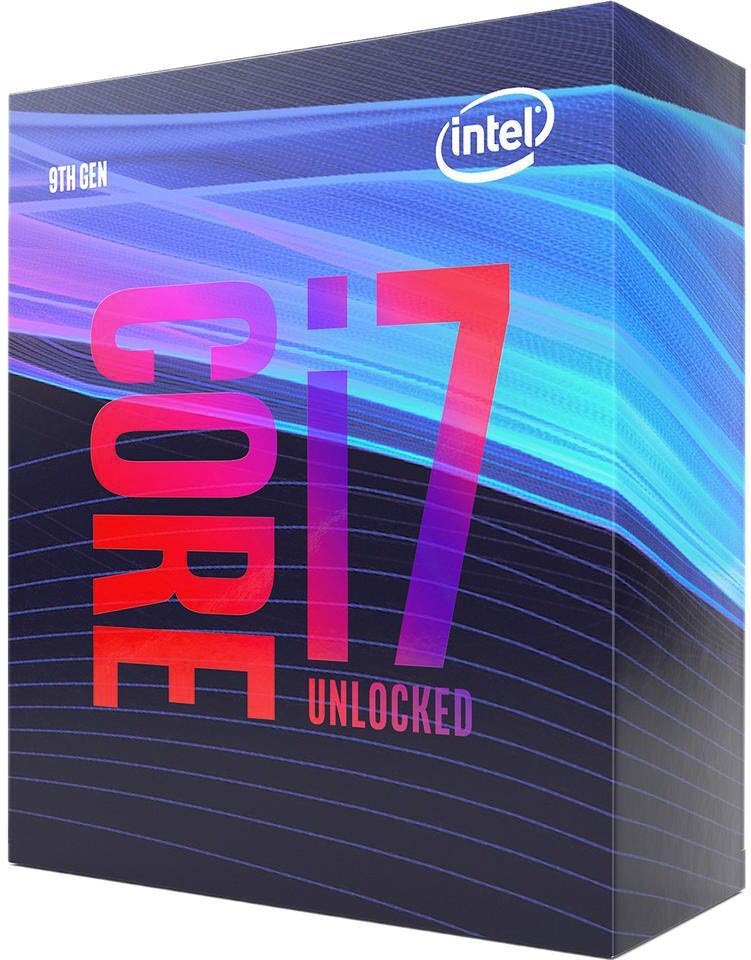AMD Ryzen 7 3800X Review: Core i7 Has a New Challenger
Why you can trust Tom's Hardware
Boost Clocks, Overclocking, Thermals and Test Setup
We observed our Ryzen 7 3800X hit it's 4.5 GHz boost clock sporadically, but like the Core i9-9900K's elusive 5.0 GHz boost, those moments were brief. This tracks well with with the boost clock behavior we've seen with the Ryzen 9 3900X and Ryzen 7 3700X. We're currently waiting for improved BIOS revisions and will update as necessary.
Manual Overclocking
We initially dialed in a 4.4 GHz overclock with the Ryzen 7 3800X with a relatively high 1.45V vCore, and while the configuration passed through our entire test suite, it couldn't pass through a new battery of AI tests we're preparing that uses various flavors of the AVX instruction set. As tantalizingly close as we came, we couldn't get the system 100% stable at 4.4 GHz, even with more intense voltages. We were pushing the limits of our Corsair H115i cooler, often running right at the maximum 95C specification of the processor, so we dialed our overclock back to 4.3 GHz for our testing.
Reaching 4.3 GHz was fairly straightforward: a 1.42 vCore paired with auto Load Line Calibration, uncorked power settings in the BIOS, and memory overclocked to DDR4-3600 with 14-14-14-36 timings proved rock solid throughout our full battery of stress and application tests.
We recorded average temperatures of 80C, 81.64C, and 84.8C during extended x264 encoding, x265 encoding, and y-cruncher workloads, respectively. Our maximum peak temperature of 91C came during our y-cruncher test, but it registered for roughly one second. Overall, temperatures during our test tracked well with the average measurements.
Security Mitigations
The new AMD-optimized Windows scheduler is only present in Windows 10 1903 and promises to expose gains in several types of applications. As such, we updated our test image to the latest version of Windows 10 available (18362.207). All of our test results come from the aforementioned operating system and include all publicly available security mitigations and the latest motherboard firmware revisions. Intel is currently impacted by Spectre, Spectre v4, Meltdown, Foreshadow, Spectre v3a, Lazy FPU, Spoiler, and MDS, while AMD is only impacted by Spectre and Spectre v4. AMD has added hardware-based mitigations for both variants of Spectre, which should reduce the performance impact, but the requisite patches for both companies have performance penalties, which are reflected here in our testing.
A Note on Multi-Core Enhancement (MCE)
Intel's motherboard partners have infused their boards with predefined all-core boost profiles that go by many names, such as Multi-Core Enhancement (MCE) with ASUS motherboards and Enhanced Turbo with our MSI motherboard. These features are largely referred to as MCE, but the functionality remains the same: These settings essentially apply an all-core overclock to the processor that is defined by the maximum Turbo Boost bin supported by the processor. This setting modifies the CPU's clock rate and voltage to deliver higher performance, which is basically factory-sanctioned overclocking.
MSI turns this on by default in its BIOS, similar to most of its competition. Performance, power consumption, and heat are all affected, naturally. We manually disable this feature for our stock CPU testing to best reflect Intel's specifications.
Get Tom's Hardware's best news and in-depth reviews, straight to your inbox.
MSI MEG X570 Godlike
We're using MSI's MEG X570 Godlike as our test platform for the second- and third-gen AMD processors. Due to the compatibility matrix for the AM4 socket, we stepped back to the MSI X470 Gaming M7 AC for the Ryzen 7 1800X.
The pricey Godlike board retails for around $800, but has the 14+4+1-phase power delivery subsystem to support aggressive overclocking.
The MEG X570 Godlike sits at the top of MSI's motherboard hierarchy. It also comes with a few nifty accessories like a 10Gb “Super LAN” Ethernet card and a PCIe Gen 4 Xpander-Z M.2 expansion card. That lets you add two more M.2 drives to complement the three M.2 PCIe Gen 4 M.2 ports on the board. You also get four PCIe 4.0 x16 slots, an RGB Mystic Light Infinity II mirror over the IO shroud, and a tiny OLED screen, alongside the two-digit LCD display for error codes.
Comparison Products
| Test System & Configuration | |
| Hardware | AMD Socket AM4 (X570)AMD Ryzen 9 3900X, Ryzen 7 3800X, Ryzen 7 3700X, Ryzen 7 2700XMSI MEG X570 Godlike2x 8GB G.Skill Flare DDR4-3200Ryzen 3000 - DDR4-3200, DDR4-3600Second-gen Ryzen - DDR4-2933, DDR4-3466Intel LGA 1151 (Z390)Intel Core i9-9900K, i7-9700KMSI MEG Z390 Godlike2x 8GB G.Skill FlareX DDR4-3200 @ DDR4-2667 & DDR4-3466AMD Socket AM4 (X470)AMD Ryzen 7 1800XMSI X470 Gaming M7 AC2x 8GB G.Skill FlareX DDR4-3200 @ DDR4-2933AMD Socket SP3 (TR4)Threadripper 2920XMSI MEG X399 Creation4x 8GB G.Skill FlareX DDR4-3200 @ DDR4-2933Intel LGA 2066Intel Core i9-7920XMSI X299 XPower Gaming AC4x 8GB G.Skill FlareX DDR4-3200 @ DDR4-2666All SystemsNvidia GeForce RTX 2080 Ti 2TB Intel DC4510 SSDEVGA Supernova 1600 T2, 1600WWindows 10 Pro (1903 - All Updates) |
| Cooling | Corsair H115iCustom Loop, EKWB Supremacy EVO waterblock, Dual-720mm radiatorsAMD Wraith Prism Stock CoolerEnermax Liqtech 240 TR4 II |
MORE: Best CPUs
MORE: Intel & AMD Processor Hierarchy
MORE: All CPUs Content
Current page: Boost Clocks, Overclocking, Thermals and Test Setup
Prev Page Cranking it up to 105W Next Page Power Consumption
Paul Alcorn is the Editor-in-Chief for Tom's Hardware US. He also writes news and reviews on CPUs, storage, and enterprise hardware.
-
Math Geek pretty much what i expected from all the Ryzen 3000 series so far. i am not disappointed at all in what i am seeing.Reply
it does look like the 3700x is the better buy. use that $70 savings for better cooling and you got a winner on your hands it looks like. i personally don't care about a few fps at 1080p when both AMD and Intel hit some nice numbers. 140 fps vs 150 fps is pretty much the same thing to me.
but those extra cores/threads from AMD will go a long way with VM's, production software and the other non-game stuff i do regularly. AMD FTW :geek: -
TJ Hooker In light of the 3700X, the 3800X doesn't seem to have much reason to exist to be honest. Not unless boost/OC behavior somehow changes significantly in the future.Reply -
nitrium Given you can get just about the same performance by OCing a 3700X (and the 3800X doesn't OC really at all), I don't really see why AMD even released this chip - especially considering how much more they are asking for it. The value just isn't there.Reply -
mattkiss What command rate are you running your memory kits at? Also, is the memory write speed nerfed like it is on the 3700X?Reply -
JamesSneed Im curious why the 3700x with PBO is pulling considerably more wattage versus the 3800x with PBO. Is binning really making that large of a difference?Reply -
JamesSneed Replynitrium said:Given you can get just about the same performance by OCing a 3700X (and the 3800X doesn't OC really at all), I don't really see why AMD even released this chip - especially considering how much more they are asking for it. The value just isn't there.
If you are going to OC then I mostly agree however the binning looks like it impacts power draw a lot. However you are not guaranteed 3800x performance out of a 3700x. If you do not intend to OC then there are many valid reasons for the 3800x. The 3800x makes a good case for non overclockers especially because it pulls less power than the stock 3700x. However for me I would much rather they had one more tier like a 3850x that was say 4-4.1Ghz base and 4.8 to 4.9 Ghz boost. A higher binned version I would step up for over the 3700x. -
xcomp666 I was waiting for a decent review.Reply
My conclusion:
I am not planning to OC ( I am using an Asrock Fatal1ty B450 Gaming-ITX ) with 105W TDP, I don't think my motherboard's VRM can handle properly ;:coldsweat:
Performance It is just about ~2% over 3700x that has TDP of 65W ;:mad:
PBO is not hitting 4.4 GHz easily ( depends on silicon lottery);:ouimaitre:
70 USD (92 CAD ) over 3700X;
Single Core performance is not that great;So, I am going to buy a Rysen 7 3700X
🤘 -
TJ Hooker Reply
From what I can find that applies to all Ryzen 3K chips with a single compute die, in which case yes it'd be the same for the 3800X.Makaveli said:Does the 3800x have the same memory write limitation as the 3700x
32b vs 16b ?? -
jclaine I just did a 3700x Asrock x470 itx build. I imagine that I will need to use the wifi on it at some point in it's life, that's why I went with the x470 (Intel (1733) ) version over the b450 (Intel 3168 (433) ). I really didn't want a chipset fan because in 8 years I don't want to have to think about that failing in an old abused system, so I passed on x570.Reply
http://www.mustnotsleepgames.com/Comp/A1%2001.jpg



